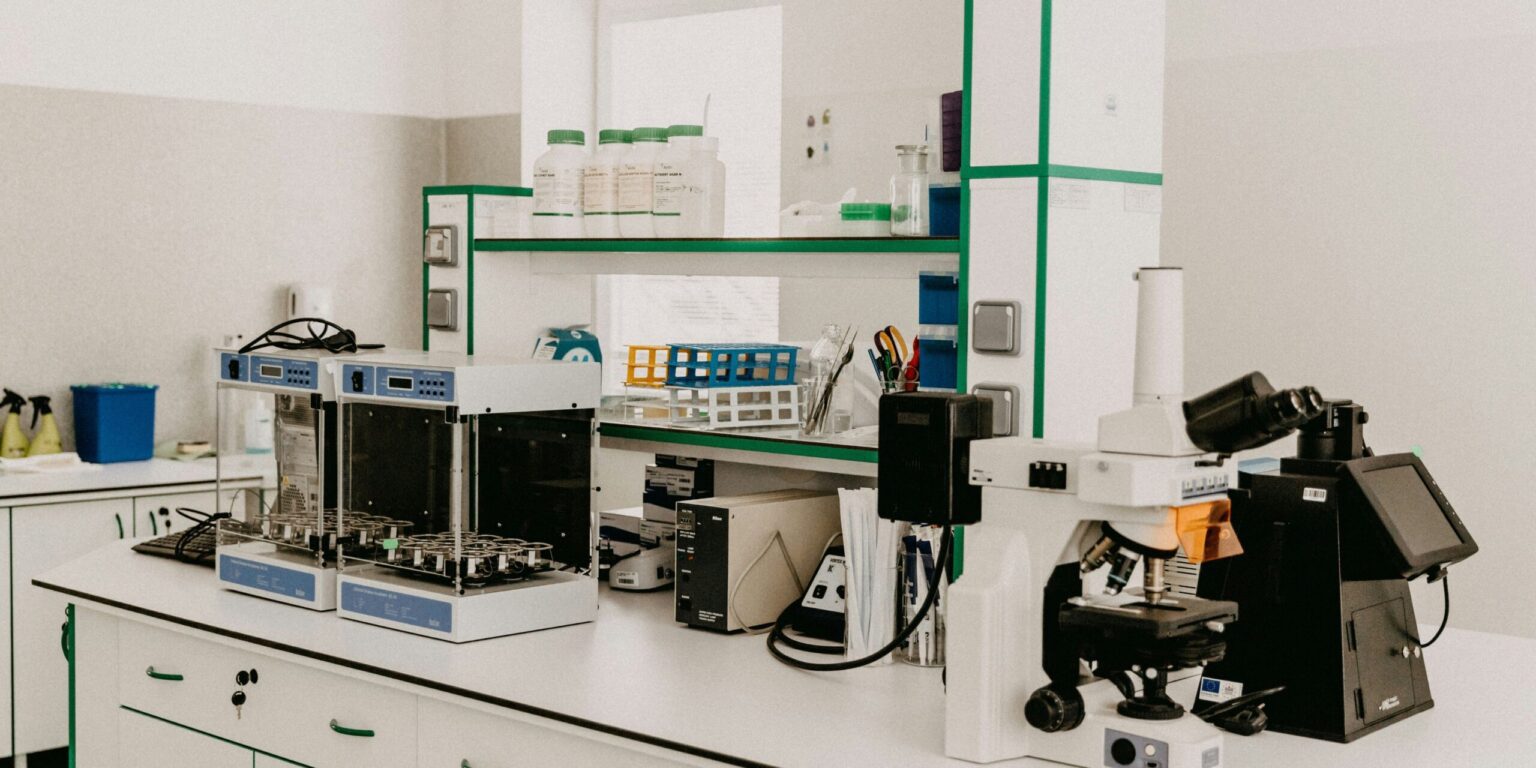By Darren Shields, Senior Tech Correspondent
Revolutionary Development in Electric Aviation
Researchers at the Massachusetts Institute of Technology (MIT) have unveiled a groundbreaking innovation: a sodium-based fuel cell that surpasses the 1,000 Wh/kg energy density threshold. This advancement could mark a pivotal shift in the development of electric aviation, addressing the dual challenge of energy efficiency and environmental sustainability.
The new fuel cell utilizes sodium instead of the more commonly used hydrogen or lithium. Sodium is not only more abundant but also significantly cheaper, offering a potential path to cost-effective, large-scale production. This development aims to reduce the aviation industry’s carbon emissions, aligning with global climate goals.
Innovative Chemistry: How It Works
Traditional electric aviation batteries often rely on lithium-ion technology, which, while effective, presents challenges such as limited energy density, high cost, and resource scarcity. The new sodium-air fuel cell addresses these issues by using liquid sodium metal that reacts with oxygen from the air to generate electricity.
The reaction is facilitated by a solid ceramic electrolyte, which allows sodium ions to move while preventing direct contact between sodium and oxygen—a configuration that significantly enhances safety. The oxygen enters through a porous electrode, triggering a chemical reaction that releases energy.
Unlike batteries that require recharging, the sodium fuel cell operates more like a conventional engine: once the sodium is depleted, it can be refueled by replacing the metal, thus minimizing downtime and maximizing operational efficiency.
Environmental Benefits Beyond Emissions
One of the most promising aspects of this technology is its potential to not just reduce carbon emissions but actively remove carbon dioxide from the atmosphere. The byproducts of the electrochemical reaction include sodium oxide, which naturally reacts with moisture and carbon dioxide to form sodium bicarbonate, commonly known as baking soda.
This secondary reaction suggests that aircraft powered by sodium fuel cells could contribute to a carbon-negative effect. While this won’t replace traditional carbon capture technologies, it offers an additional environmental benefit that makes the technology even more appealing.
Expert Insight and Industry Reaction
Dr. Emily Zhang, lead researcher on the project, emphasized the multi-faceted advantages of the sodium fuel cell. “This system not only provides high energy density,” she said, “but it also leverages a plentiful resource that can help us move away from lithium dependency. We see a real opportunity here to push electric aviation into mainstream adoption.”
Industry analysts have also taken note. The aviation sector has long sought an alternative to jet fuel that does not compromise on range, weight, or safety. The introduction of a sodium-based system with scalable potential could meet these demands while offering lower production costs and simpler sourcing logistics.
Safety and Feasibility
A primary concern in aviation is safety, particularly with energy storage systems. Lithium-ion batteries, for instance, are known for their volatility under certain conditions. In contrast, the sodium fuel cell’s design minimizes risk by ensuring that the reactive sodium metal is isolated from oxygen until the precise moment of energy generation.
Moreover, the supply chain for sodium is robust. Derived from common salt, sodium is readily available and less subject to the geopolitical constraints that affect lithium and cobalt mining. This availability bodes well for long-term feasibility and scalability.
Commercialization and Future Plans
To translate laboratory success into real-world application, the MIT team has launched a startup called Propel Aero. The company’s initial focus is to build a compact, high-performance fuel cell prototype capable of delivering around 1,000 Wh/kg. The goal is to integrate these cells into drones and, eventually, regional aircraft.
Regional aviation represents a significant portion of domestic air travel, making it a prime target for sustainable technology integration. If the sodium fuel cell proves successful at this scale, it could pave the way for broader adoption in commercial aviation.
Looking Ahead
This breakthrough is more than just a scientific achievement; it represents a step toward reimagining the future of air travel. With further development, sodium fuel cells could become a cornerstone technology in the global effort to combat climate change.
